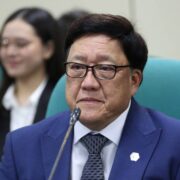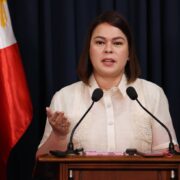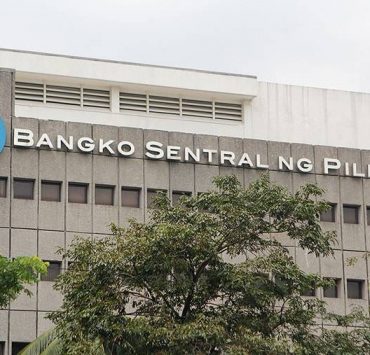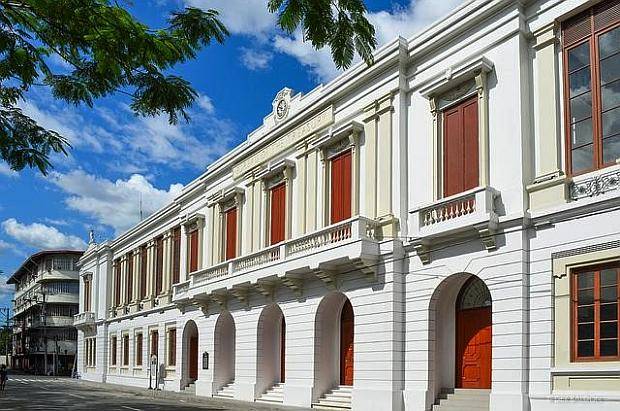BSP to resume RRR cut talks amid easing cycle

The Bangko Sentral ng Pilipinas (BSP) will again discuss the possibility of reducing local banks’ reserve requirement now that it started cutting interest rates to give the economy an added shot of liquidity to preserve growth momentum.
At a press conference last week after announcing a 25-basis point cut in the benchmark rate, BSP Governor Eli Remolona Jr. said he would include in the meeting agenda of the Monetary Board (MB) the reduction in the reserve requirement ratio (RRR).
Remolona wanted a “substantial” cut in the RRR which, he said, is at a “ridiculously high” level of 9.5 percent.
High level
“We haven’t discussed it in the Monetary Board, but I will raise it in one of the next few meetings,” the BSP chief said. “We will do it. But we don’t know when.”
Remolona had, in the past, repeatedly expressed his wish to reduce banks’ reserve requirement to 5 percent from the current level, which is still higher than most peers in Southeast Asia despite being reduced to single-digit level. On one occasion, the central bank chief even said that, ideally, the RRR should be “zero” like in the United States.
The RRR refers to the amount of deposits that banks must set aside as standby funds, which do not generate returns. This is to ensure that lenders are able to meet their liabilities in case of sudden withdrawals.
More funds
By slashing the RRR, the BSP is allowing banks to deploy more funds for lending, thereby freeing up billions of peso in loanable funds in an economy that historically gets about 70 percent of its fuel on consumption. For that reason, Remolona believed that the BSP could not cut the RRR while rates were high, which had the opposite effect of reducing money supply in the financial system by making borrowing costs expensive.
But after the policy rate had been reduced to 6.25 percent and may be cut again before 2024 ends, Jun Neri, lead economist at Bank of the Philippine Islands, said the BSP can “hopefully” start bringing down the RRR “sometime later this year and hopefully a good part of 2025.”
“The MB has the room to alternate the [key rate] and RRR cuts as long as liquidity and monetary conditions remain supportive of their price stability mandate,” Neri said.





















